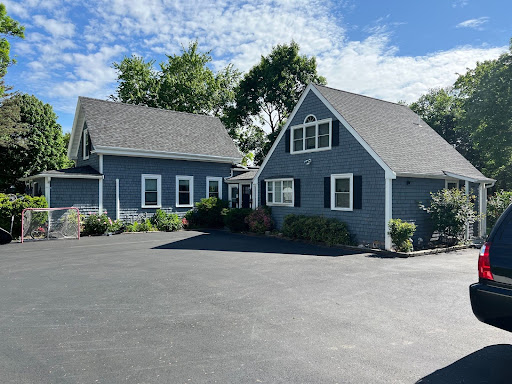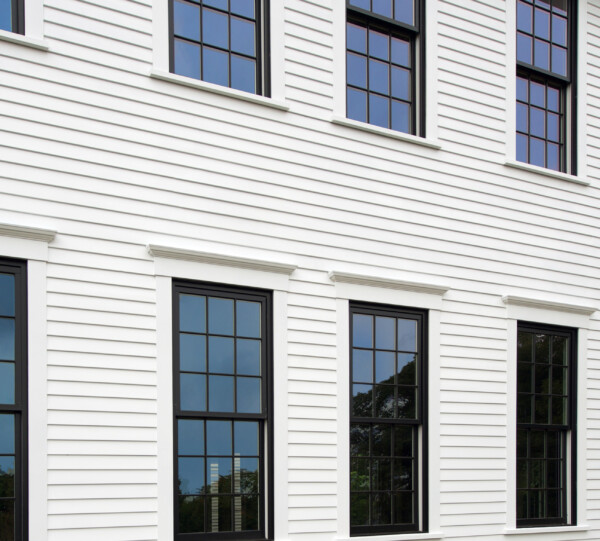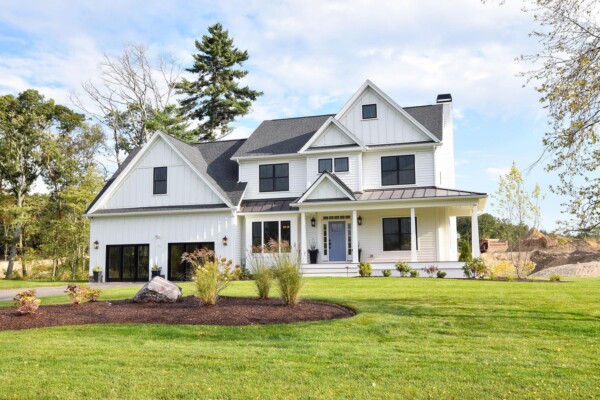This Article Will Discuss:
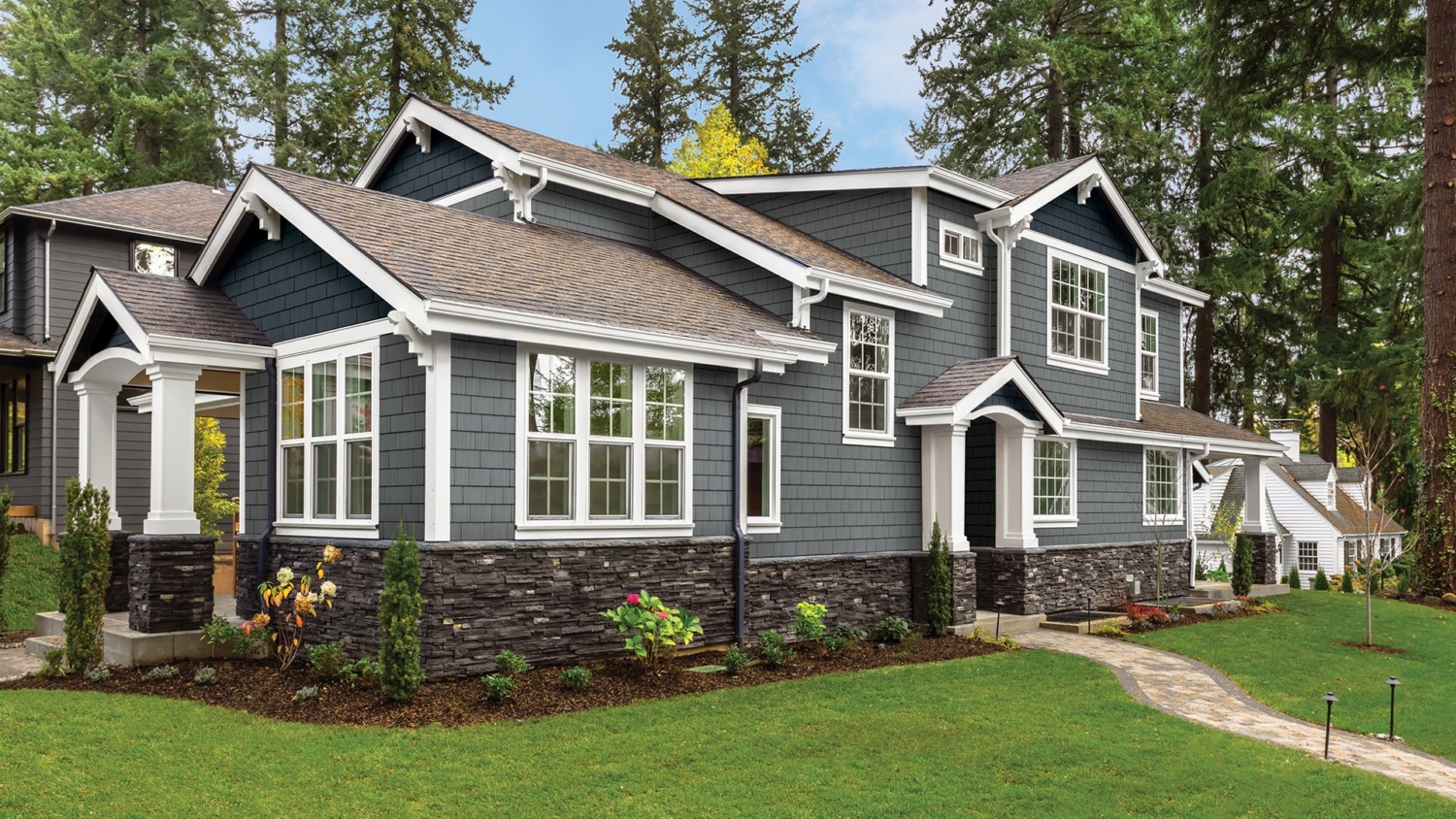
During the summer season, you might notice that your siding isn’t in the best condition. You also likely don’t want to tend to siding maintenance when there are fun activities to do, like heading to the beach, barbeques and bonfires. The good news is that this summer siding inspection checklist for New England homeowners can make your exterior maintenance a breeze, especially when you upgrade to vinyl siding replacement.
Summer Siding Inspection Checklist for New England Homeowners
What are the signs that you need new siding? In this siding inspection checklist, there are some obvious (and not so obvious) indications that a new siding installation is in order. These include:
1. Peeling and Chipping Siding: Frequent Re-Painting
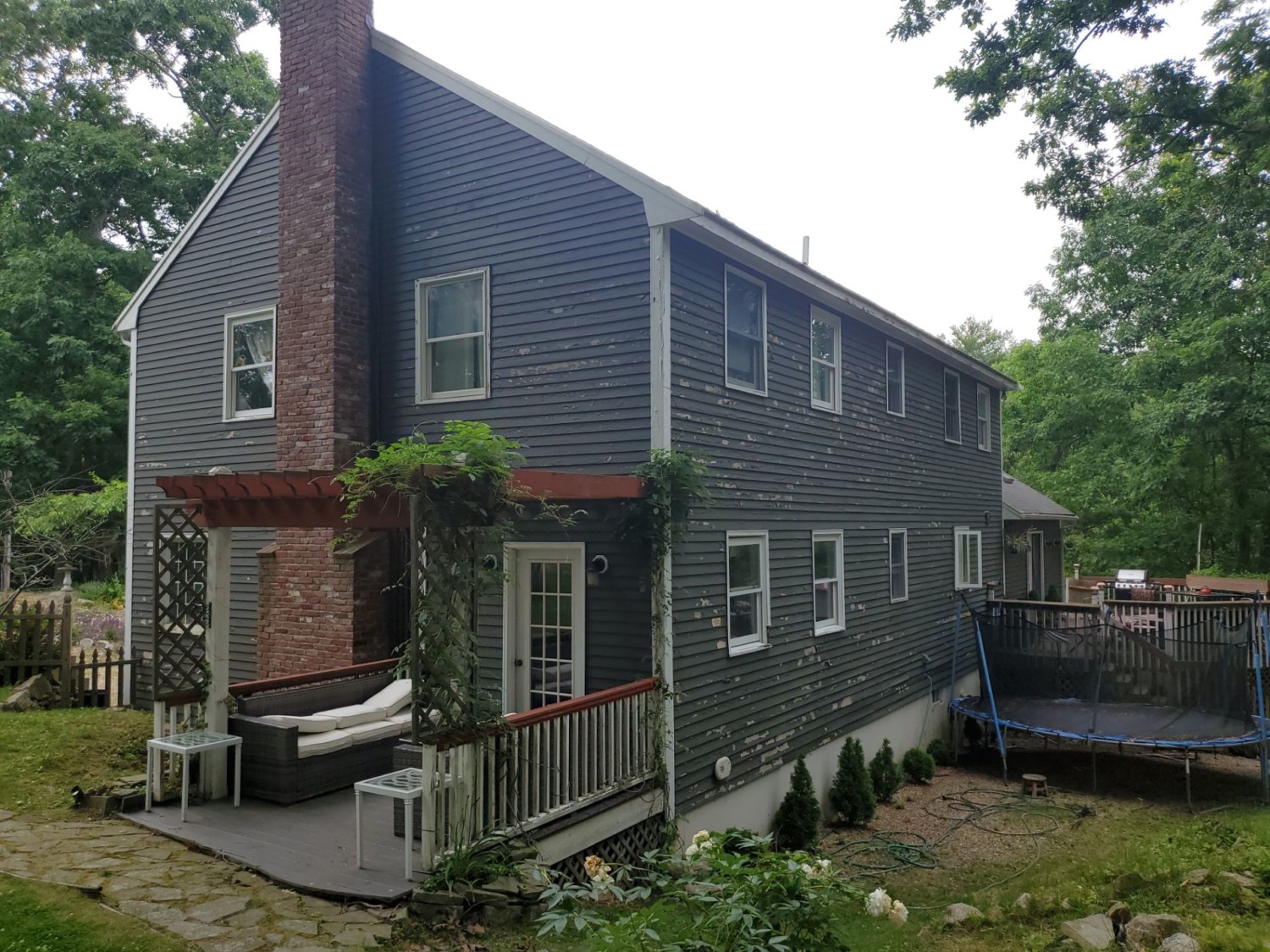
Are you frequently painting your wood siding? When your home needs painting every 5 or 6 years, this is a sign that you need new vinyl siding or James Hardie® installation. Homes closer to the water need more frequent paint jobs costing you money every few years. Remember…you never own a paint job! Good quality house siding maintains its shape and color and lasts for a lifetime!
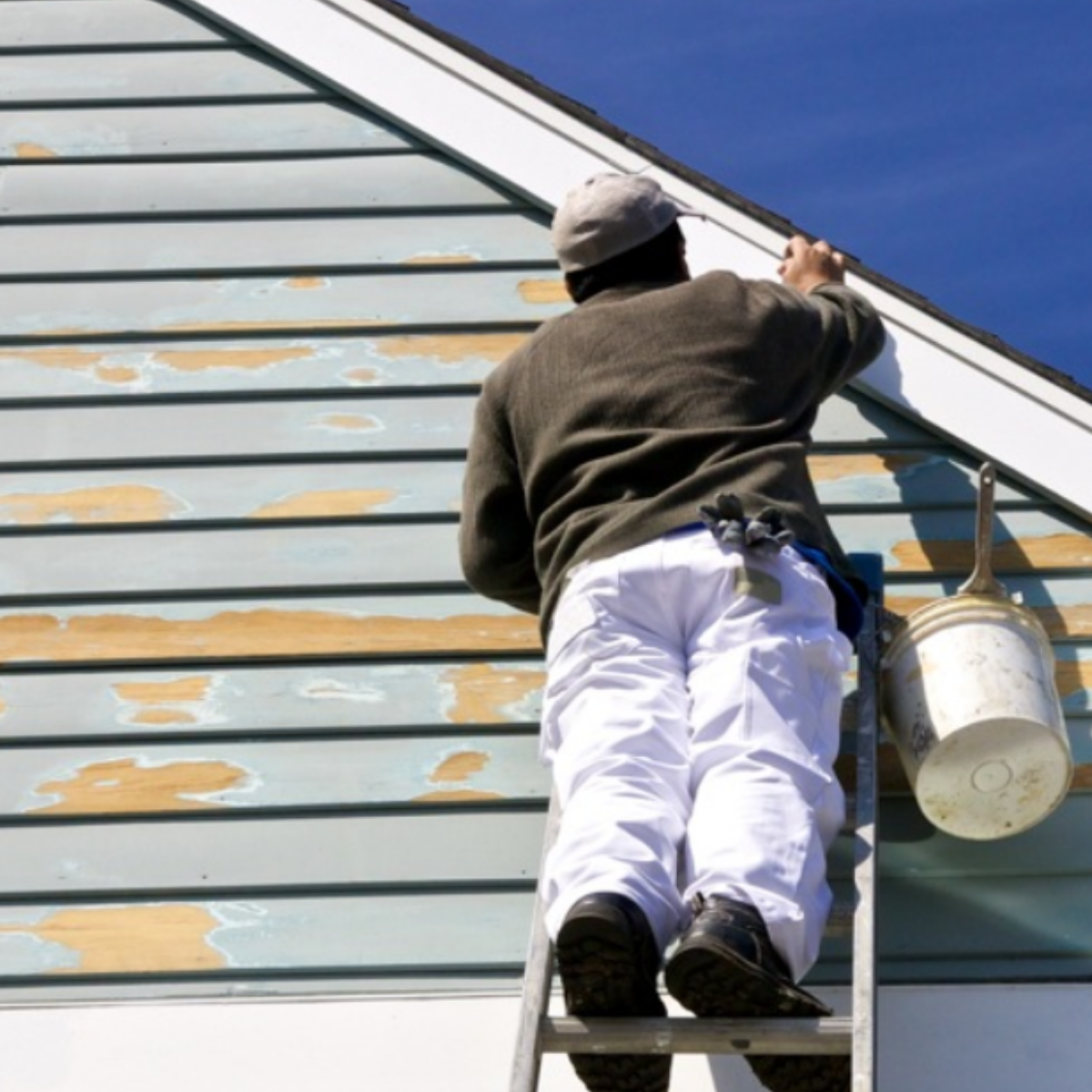
Typical Problems with Painted Siding
- Paint that is peeling away from the siding
- Chipping paint is a result of humid summers and moisture buildup throughout the year.
Peeling and chipping siding are indicators of replacement, but another consideration is cracking in the siding and loose panels.
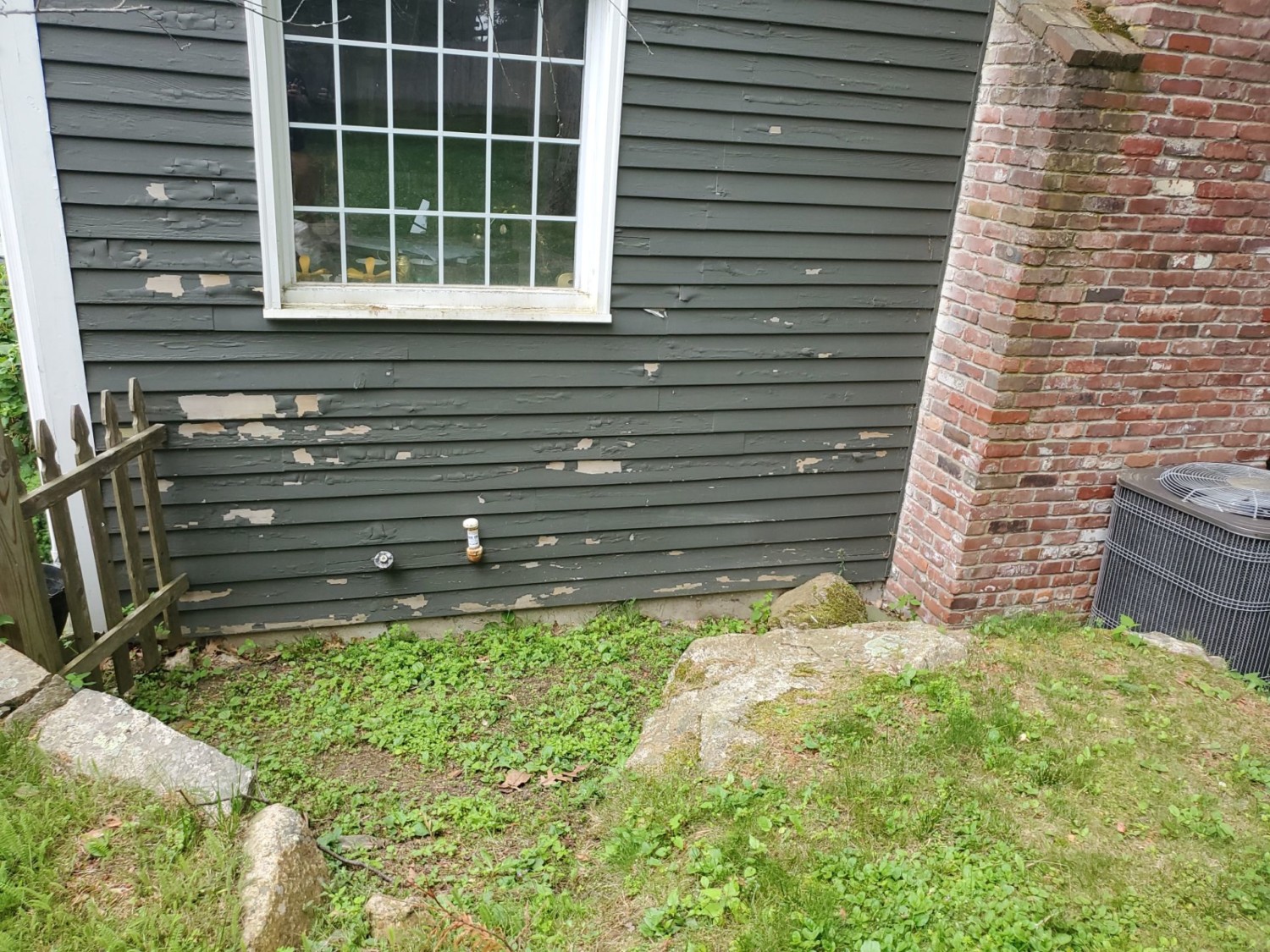
2. Cracked, Loose or Missing Siding Shingles
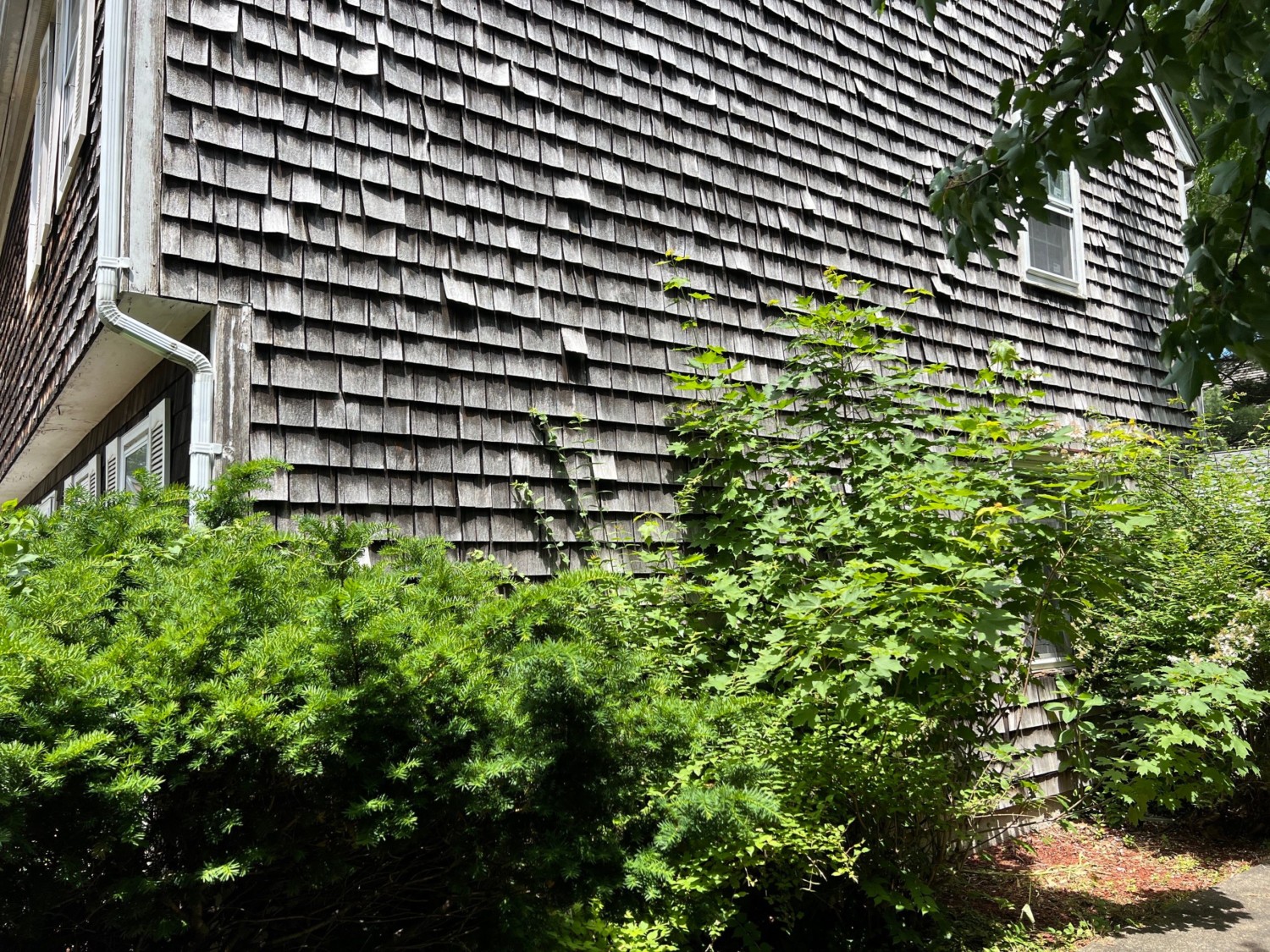
Loose and cracked panels present problems with the siding’s structural integrity. Cracked and loose siding must be replaced with new vinyl siding or James Hardie® installation. Here’s what to do as part of your summer siding inspection checklist:
- Look closely for large or even hairline cracks that are present on your cladding.
- Take a look underneath broken or cracked siding to make certain that there has not been additional, and possibly extensive, damage that will need to be repaired. You might find issues such as wood rot or even termite damage.
3. Peeling Paint or Loose Wallpaper Inside the Home
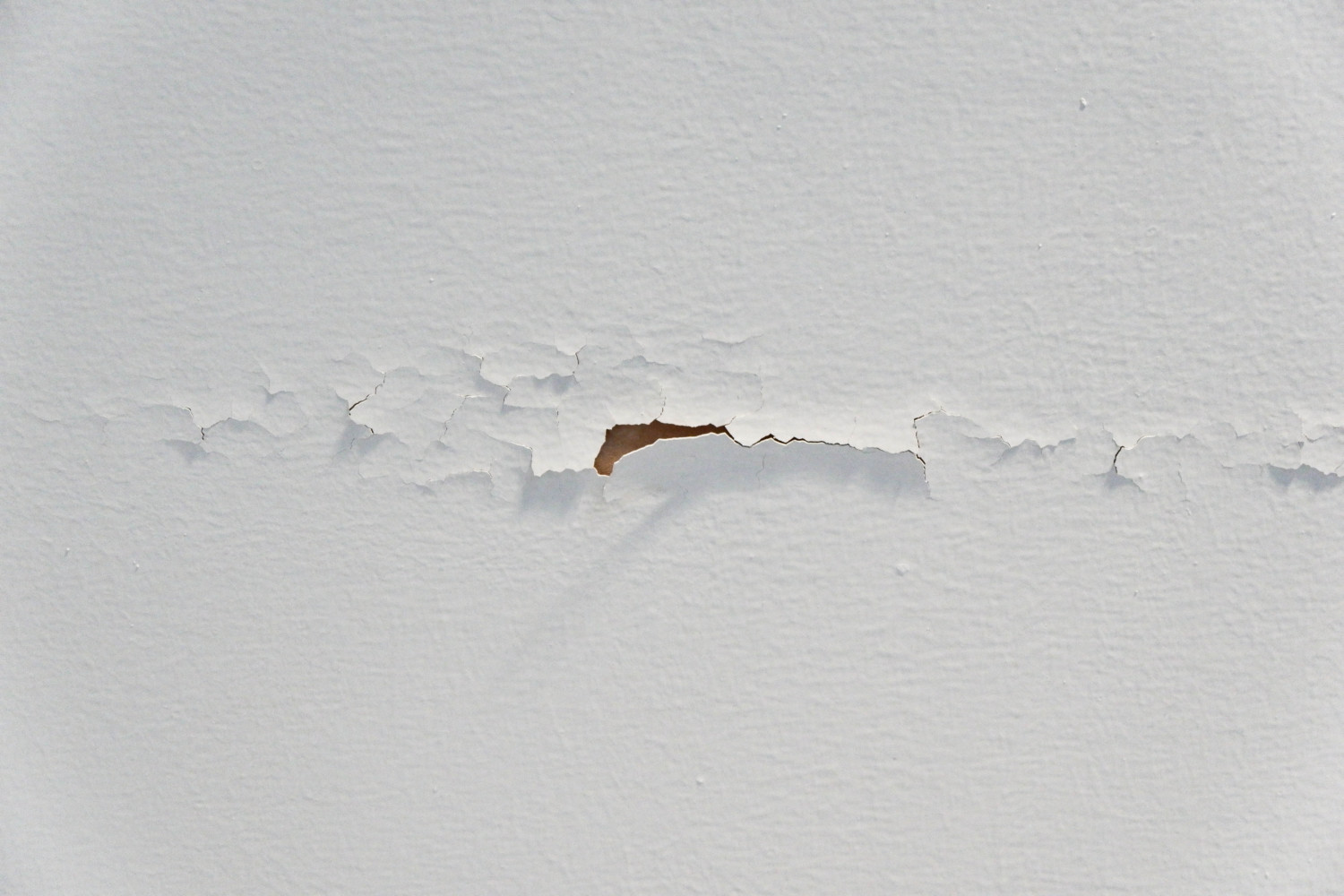
Did you know that there are interior signs that your siding is failing? Most homeowners don’t consider peeling paint or loose wallpaper when their siding fails but be mindful of this sign.
- It may not be immediately obvious to all homeowners, but peeling paint or wallpaper that is pulling away from a wall inside of a home can be symptomatic of faulty siding.
- In fact, poor quality siding allows moisture to seep its way underneath the panels. From here, it can percolate through the wallboard. Eventually, this will cause significant damage to the interior walls of a home.
4. High Energy Bills

Pop quiz: how much energy is lost through the exterior walls? The answer is up to 35%!
- Poorly performing siding is often not insulated properly (or at all). This means that you may experience high energy bills during the summer and winter. So, what’s the fix?
- Choose vinyl siding that has insulated panels. This will help keep the energy contained in your home, as the siding will insulate down to the wood studs.
- James Hardie® siding can also help save energy with HardieWrap®, serving as an insulating barrier that protects against moisture dmage.
5. Rotting or Warped Siding
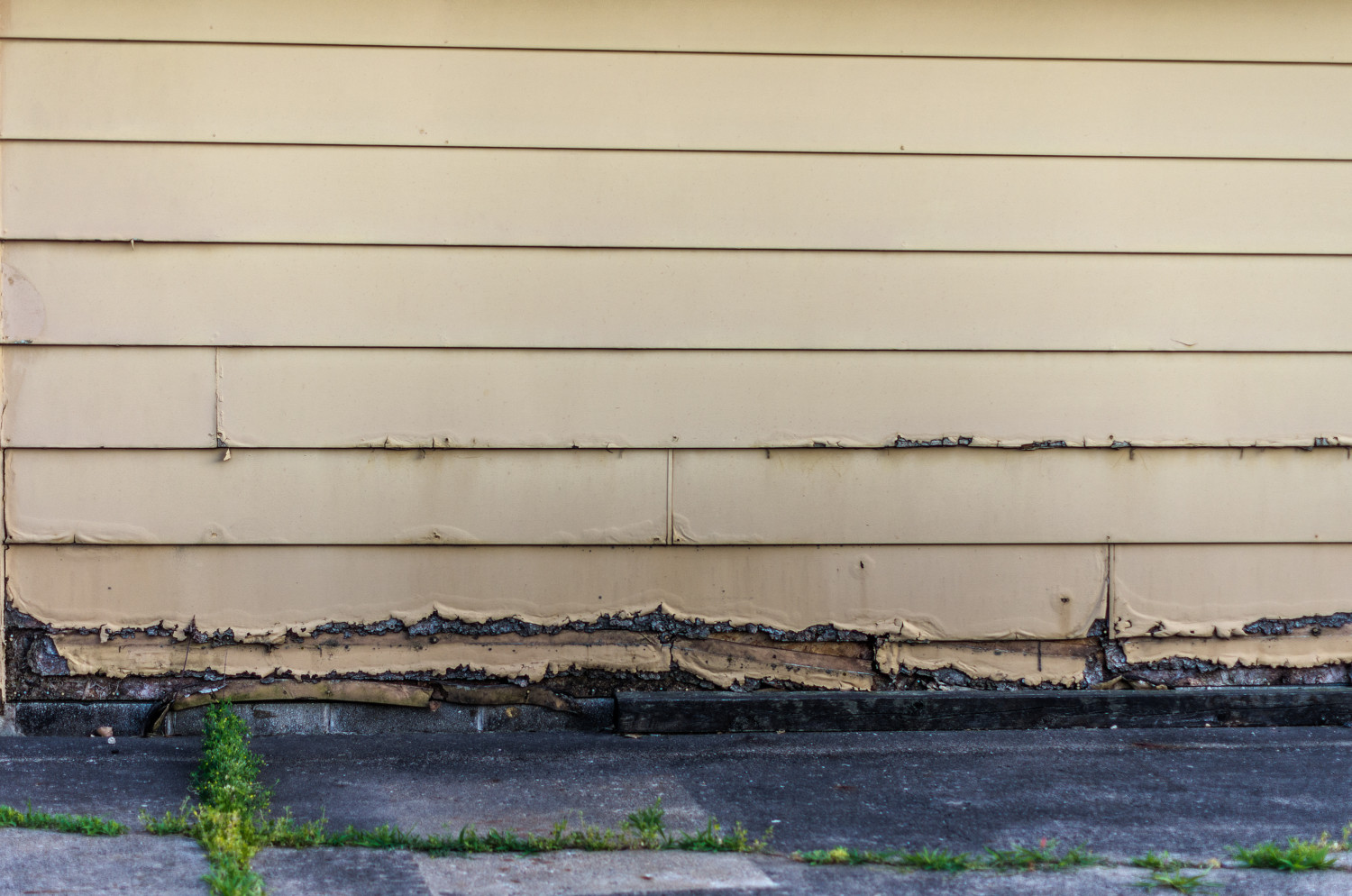
In this summer siding inspection checklist, rotting and warped are some of the most ominous signs of siding replacement. If you discover warping, and especially rotting, you need to contact a siding contractor.
- Try the screwdriver test: Take a screwdriver along on the inspection. Look specifically for warped siding or for rotting boards or other damage to siding material.
- Poke under any siding that has warped. If the screwdriver pushes through the wood, this is a surefire sign that the siding needs immediate replacement.
Keep in mind that rotting and warped siding is not able to properly protect your home from the elements. This means that moisture damage will only become worse over time. Keep in mind that vinyl siding and James Hardie® siding are both incredibly resistant to moisture damage and rot!
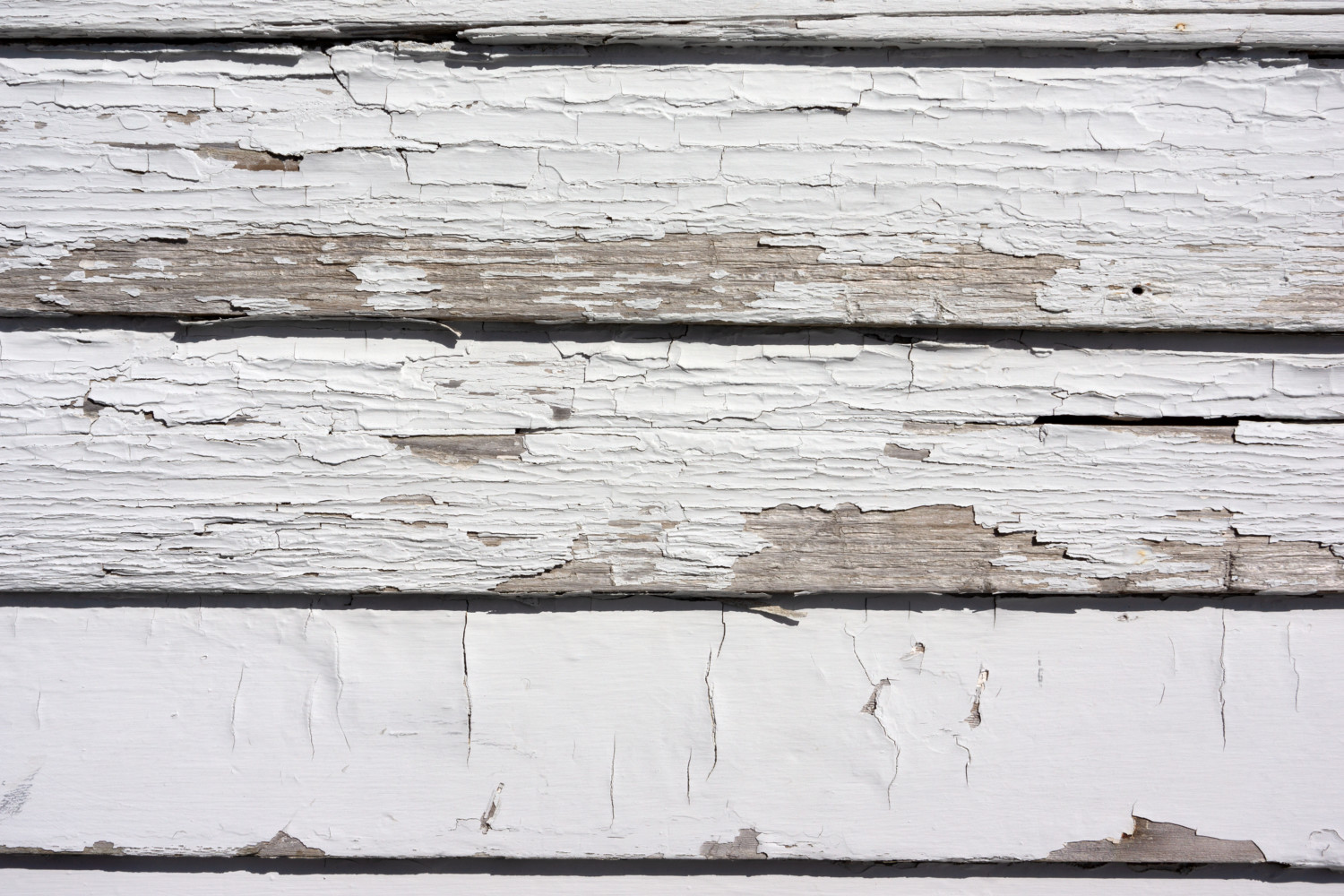
6. Fungus, Mold, or Mildew Growth
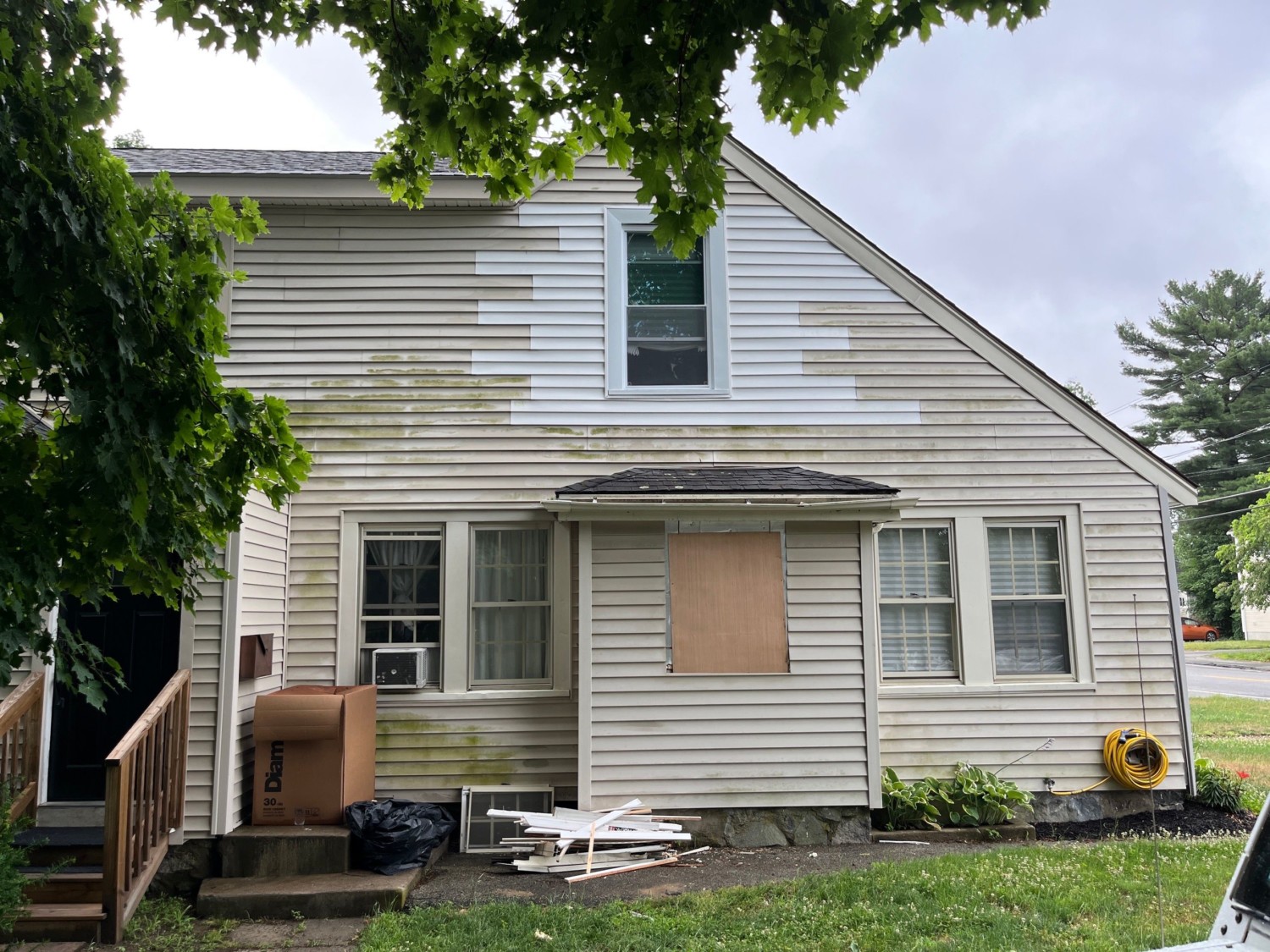
Did you find fungus growth on your siding? You don’t want to take this situation lightly. When mold and mildew grow on your exterior, it’s a major sign of moisture damage. Meanwhile, the fungus eventually eats away at the siding panels.
- Fungus mold, mildew, and algae can appear as black streaks, black or green patches or green and slimy buildup.
- If you discover fungus growth in areas near seams in the siding, you likely have a water penetration problem.
Many homeowners we see are tired of maintenance and painting over and over again. They love their new maintenance-free vinyl siding with transferable lifetime warranty!
We hope this siding inspection checklist for New England homeowners helps you this usmmer. Please contact us with questions, and especially if you see signs that your siding is failing and looking for a free inspection and estimate.
Serving New England for over 10 years, Coastal Windows & Exteriors provides New England homeowners with quality exterior home improvement services, including replacement windows, roofing, siding, and entry door installation. Our products are carefully crafted with weather-resistant materials, engineered to protect your home through every season. We are a woman-owned, family-run company dedicated to educating New England homeowners on the importance of exterior maintenance. Contact us today for a free inspection and estimate on your next home improvement project.


